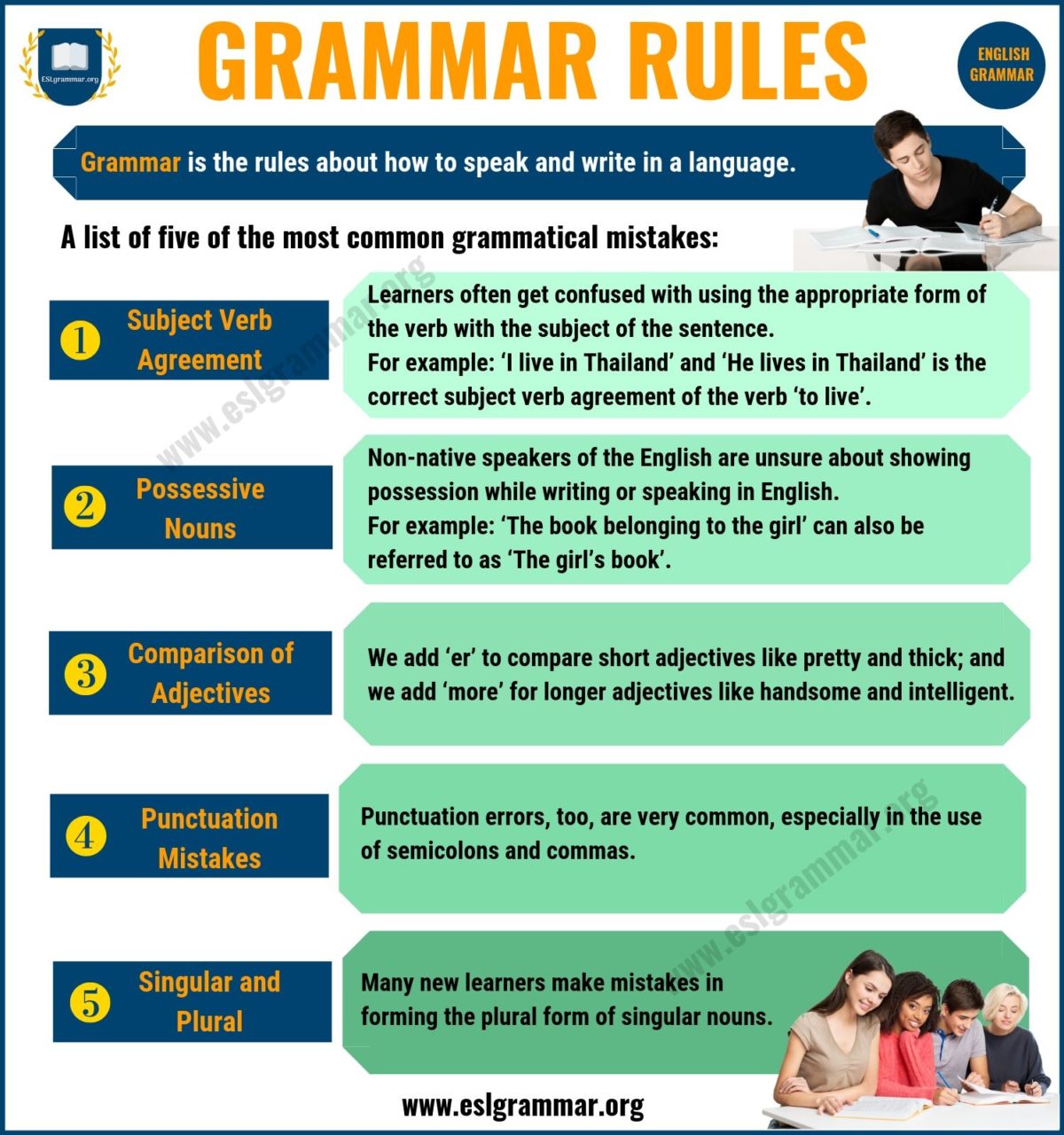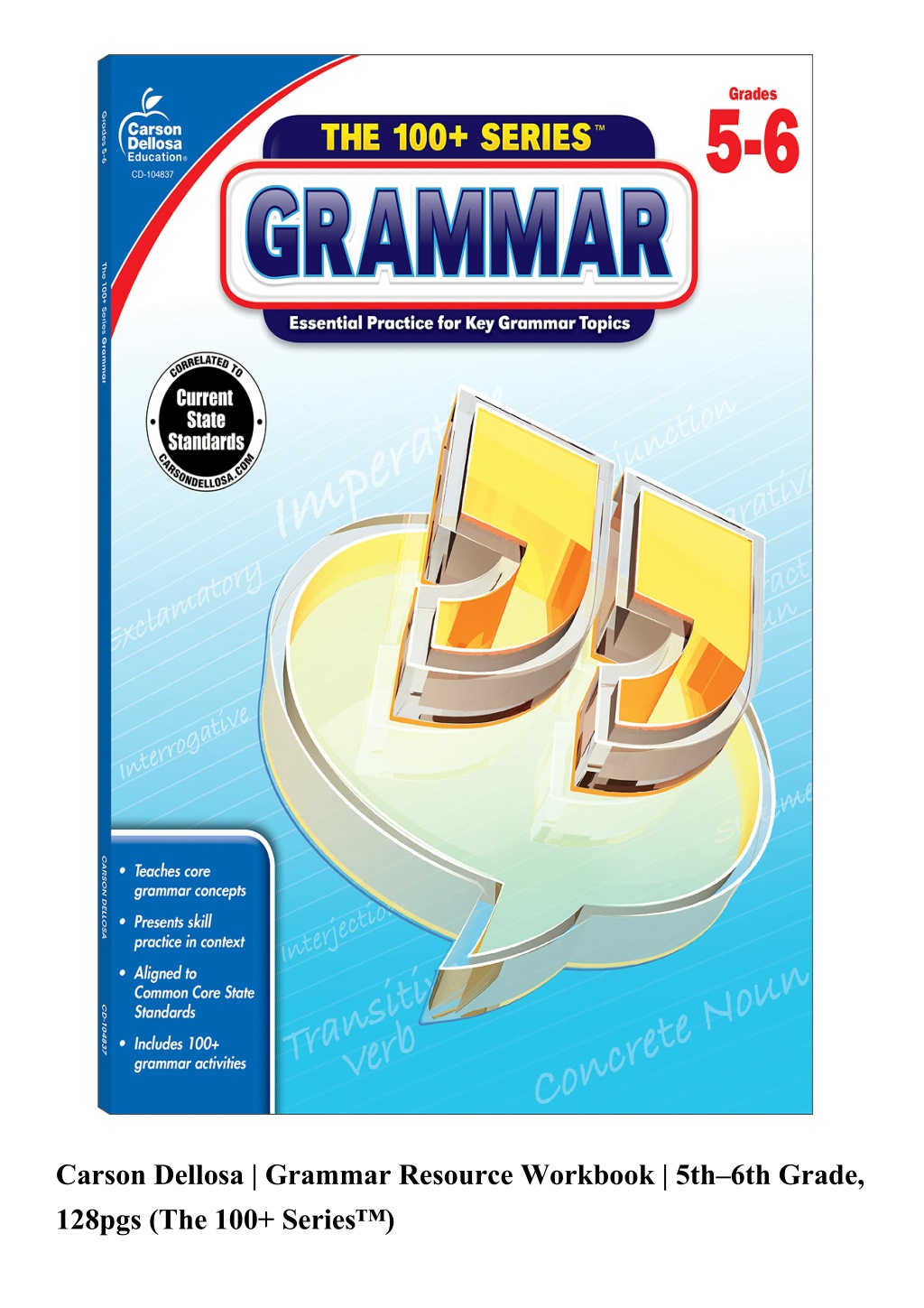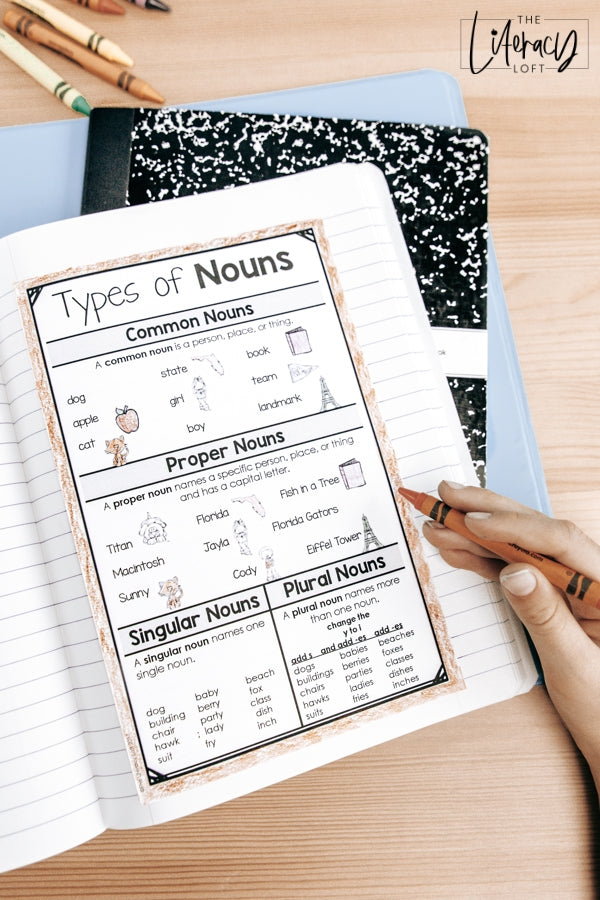
Unlocking Linguistic Mastery: A Comprehensive Guide to Essential Grammar Resources
In an increasingly interconnected world, effective communication is paramount. Whether for academic success, professional advancement, or simply clear everyday interactions, mastering the nuances of a language, especially English, is a distinct advantage. At the heart of clear and impactful communication lies grammar – the system of rules governing the structure of a language. For many, grammar can seem like a daunting labyrinth of exceptions and intricate rules. However, the modern age has blessed us with an unprecedented array of grammar resources, making the journey from confusion to clarity more accessible than ever before.
This comprehensive guide will delve into various types of grammar resources available today, exploring their unique benefits, ideal use cases, and how to effectively integrate them into your learning journey. From traditional textbooks to cutting-edge AI tools, understanding and utilizing these resources can transform your linguistic abilities.

The Indispensable Role of Grammar

Before diving into the resources, it’s vital to appreciate why grammar matters. Good grammar isn’t just about adhering to arbitrary rules; it’s about clarity, credibility, and confidence.

- Clarity: Correct grammar ensures your message is understood precisely as intended, avoiding ambiguity and misinterpretation.
- Credibility: Errors can undermine your authority and professionalism, suggesting a lack of attention to detail or competence.
- Confidence: Speaking and writing grammatically correct English empowers you to express yourself without hesitation, enhancing your overall communication skills.
- Professionalism: In academic and professional settings, strong grammar is often a prerequisite, reflecting your dedication and capability.


Recognizing these benefits is the first step toward actively seeking out and leveraging effective grammar resources.

A Diverse Landscape of Grammar Resources
The landscape of grammar learning has expanded dramatically beyond traditional classroom settings. Today, learners can choose from a rich tapestry of options, each catering to different learning styles, goals, and budgets.

1. Online Grammar Checkers and AI Writing Assistants
Perhaps the most immediately accessible of all grammar resources, online checkers and AI writing assistants have become indispensable tools for millions.

- Examples: Grammarly, ProWritingAid, LanguageTool, QuillBot, Ginger Software.
- Benefits: These tools offer instant feedback on spelling, punctuation, grammar, sentence structure, and even stylistic improvements. They can detect common errors, suggest synonyms, and enhance overall readability. Many offer free basic versions, making them highly accessible. They are excellent for quick proofreading and identifying mistakes you might otherwise overlook.
- Ideal Use: Perfect for students, content creators, professionals, and anyone needing a quick check on emails, reports, essays, or social media posts. They serve as an initial line of defense against errors.
- Caveats: While powerful, they are not infallible. They may sometimes miss nuanced errors or suggest changes that alter your intended meaning. Relying solely on them without understanding the underlying rules can hinder true grammar mastery. They are aids, not substitutes for learning.

2. Grammar Textbooks and Reference Books
For those who prefer a structured, in-depth approach, traditional textbooks and reference books remain foundational grammar resources.
- Examples: "English Grammar in Use" by Raymond Murphy, "Practical English Usage" by Michael Swan, "The Elements of Style" by Strunk and White, "Longman English Grammar," "Oxford English Grammar Course."
- Benefits: These books provide comprehensive explanations of grammatical rules, often with clear examples and practice exercises. They offer a systematic progression through topics, building a solid foundational understanding. Reference books are invaluable for looking up specific rules or exceptions.
- Ideal Use: Best for serious learners, ESL/EFL students, teachers, and writers who want to build a deep, theoretical understanding of English grammar. They are excellent for self-study or as supplements to formal courses.
- Caveats: Can be dense and less interactive than digital tools. They require discipline and active engagement to be effective.
3. Online Grammar Courses and MOOCs (Massive Open Online Courses)
Structured learning environments, even online, can provide the discipline and guidance many learners need.
- Examples: Courses on platforms like Coursera, edX, Udemy, FutureLearn, Khan Academy, and specialized language school websites.
- Benefits: These courses often feature video lectures, quizzes, assignments, and peer interaction. They are designed by experienced educators and cover grammar systematically, from beginner to advanced levels. Some offer certificates upon completion, which can be beneficial for professional development.
- Ideal Use: Suitable for learners who thrive in a structured environment, prefer expert instruction, and want to progress through a curriculum. They are also great for those seeking formal recognition of their grammar proficiency.
- Caveats: Can range from free to quite expensive. Require a time commitment and self-discipline to complete.
4. Mobile Applications
Learning on the go has become a reality with dedicated grammar apps.
- Examples: Duolingo (for basic grammar within a broader language learning context), Babbel, ELSA Speak (focuses on pronunciation but includes grammar elements), dedicated grammar quiz apps, and mobile versions of online checkers like Grammarly Keyboard.
- Benefits: Convenience and accessibility are key. Many apps incorporate gamification elements, making learning engaging and fun. They allow for short, focused bursts of study during commutes or breaks.
- Ideal Use: Perfect for busy individuals who want to integrate quick grammar practice into their daily routines. Excellent for reinforcing concepts and testing knowledge in an interactive format.
- Caveats: May not offer the depth of textbooks or comprehensive courses. Some are subscription-based.
5. Grammar Websites and Blogs
A vast universe of free and paid grammar-focused websites and blogs offers explanations, tips, and exercises.
- Examples: Purdue OWL (Online Writing Lab), Grammar Monster, British Council LearnEnglish, ESL Cafe, Daily Writing Tips, Grammarly Blog.
- Benefits: These sites often break down complex rules into easily digestible articles. They provide quick answers to specific grammar questions, offer printable worksheets, and host interactive quizzes. Many are updated regularly with fresh content.
- Ideal Use: Ideal for quick look-ups, supplementary practice, understanding specific troublesome rules, or getting daily grammar tips. They are excellent supplementary grammar resources for learners at all levels.
- Caveats: Quality can vary widely. Always check the credibility of the source.
6. Tutors and Language Exchange Partners
For personalized feedback and real-time practice, human interaction remains invaluable.
- Examples: Platforms like Italki, Preply, Verbling connect you with professional tutors. Local language exchange groups or university writing centers.
- Benefits: Tutors can identify your specific weaknesses, provide tailored explanations, and offer immediate, nuanced feedback. Language exchange partners provide opportunities for practical application in conversational settings. This allows for direct application of learned rules and correction in a dynamic environment.
- Ideal Use: Excellent for learners who struggle with specific concepts, need personalized attention, or want to practice speaking and writing with a native or proficient speaker.
- Caveats: Tutors can be expensive. Finding a suitable language exchange partner requires effort and compatibility.
7. Practice Exercises and Workbooks
Applying grammar rules is crucial for retention and mastery.
- Examples: Workbooks accompanying textbooks, online quizzes, printable exercise sheets from various grammar websites.
- Benefits: These allow you to actively apply the rules you’ve learned, reinforcing understanding and identifying areas where you need more practice. Repetition through exercises solidifies knowledge.
- Ideal Use: Essential for all learners, regardless of their primary learning method. They bridge the gap between theoretical knowledge and practical application.
- Caveats: Requires self-correction (with answer keys) or external feedback to be fully effective.
How to Effectively Utilize Grammar Resources
Simply having access to these grammar resources is not enough. Strategic and consistent engagement is key to maximizing their benefits.
- Identify Your Learning Style and Goals: Are you a visual learner who prefers videos? An auditory learner who likes explanations? A kinesthetic learner who learns by doing? Do you need to improve for academic writing, professional communication, or casual conversation? Your answers will guide your choice of resources.
- Start with the Basics, Then Specialize: Ensure you have a solid grasp of fundamental rules before diving into advanced topics. Use comprehensive textbooks or courses for foundational knowledge, then use specific online articles or exercises for tricky areas like comma usage or conditional sentences.
- Combine Resources: Don’t limit yourself to just one type. Use an online checker for initial drafts, then consult a textbook for deeper understanding of recurring errors. Practice with apps, then review with a tutor. A multi-pronged approach is most effective.
- Practice Consistently and Actively: Grammar is not a spectator sport. Regularly engage with exercises, write frequently, and seek feedback. Passive reading of rules will not lead to mastery.
- Focus on Application, Not Just Memorization: Understanding why a rule exists and how to apply it in different contexts is more important than rote memorization.
- Review and Reflect: Periodically review concepts you’ve learned. Reflect on your mistakes and understand the underlying reasons for them. Keep a "grammar journal" of common errors you make.
- Don’t Fear Mistakes: Mistakes are an inevitable part of the learning process. View them as opportunities for growth and refinement, not as failures. Every correction is a step closer to mastery.
The Transformative Power of Grammar Mastery
Investing time and effort in utilizing various grammar resources will yield significant returns. Improved grammar translates directly into:
- Enhanced Communication: Your messages will be clearer, more precise, and more impactful.
- Increased Confidence: You’ll feel more secure in your ability to express yourself in both written and spoken English.
- Greater Credibility: Your work will be perceived as more professional and authoritative.
- Academic and Professional Advancement: Strong grammar is a recognized asset in educational institutions and the workplace, opening doors to new opportunities.
In conclusion, the journey to grammar mastery, while challenging, is incredibly rewarding. With the vast array of grammar resources available today – from sophisticated AI tools and comprehensive textbooks to interactive apps and personalized tutoring – there’s a perfect solution for every learner. By embracing these tools, understanding their strengths, and committing to consistent practice, you can confidently navigate the complexities of English grammar and unlock your full linguistic potential. Start exploring, start practicing, and start communicating with unparalleled clarity and confidence.
